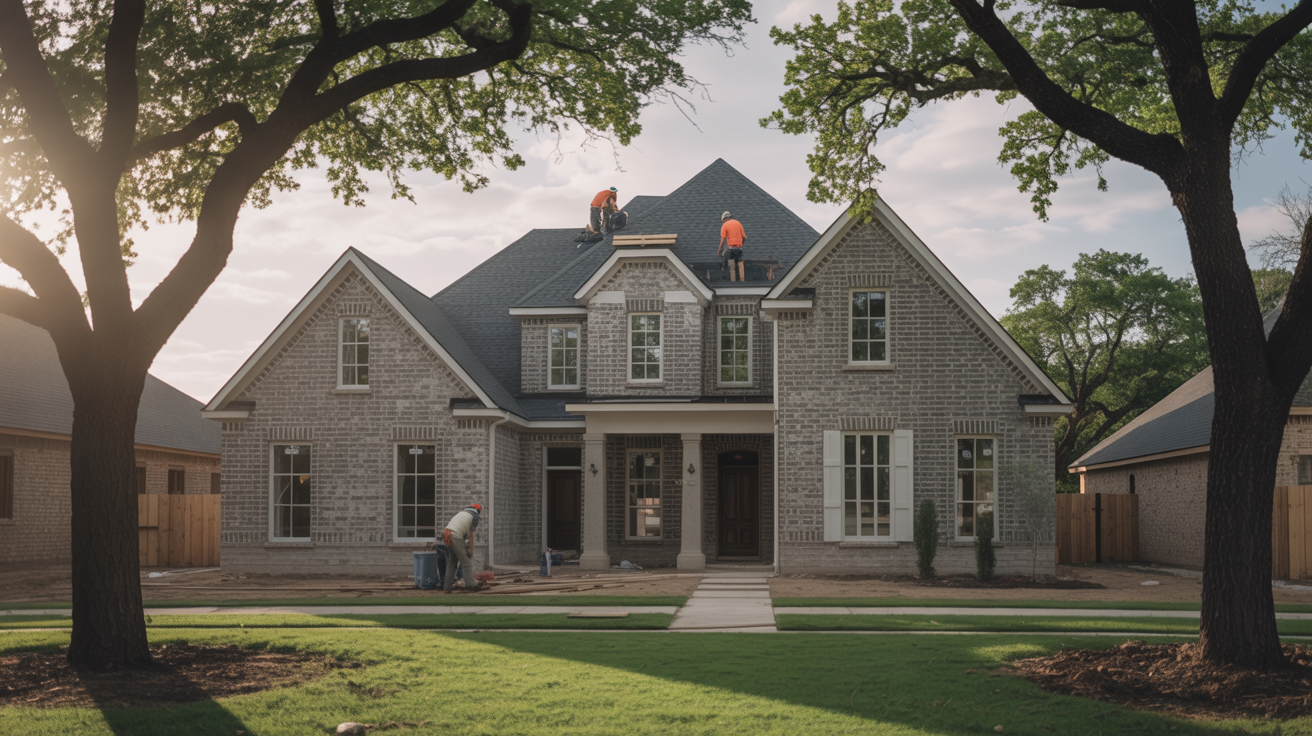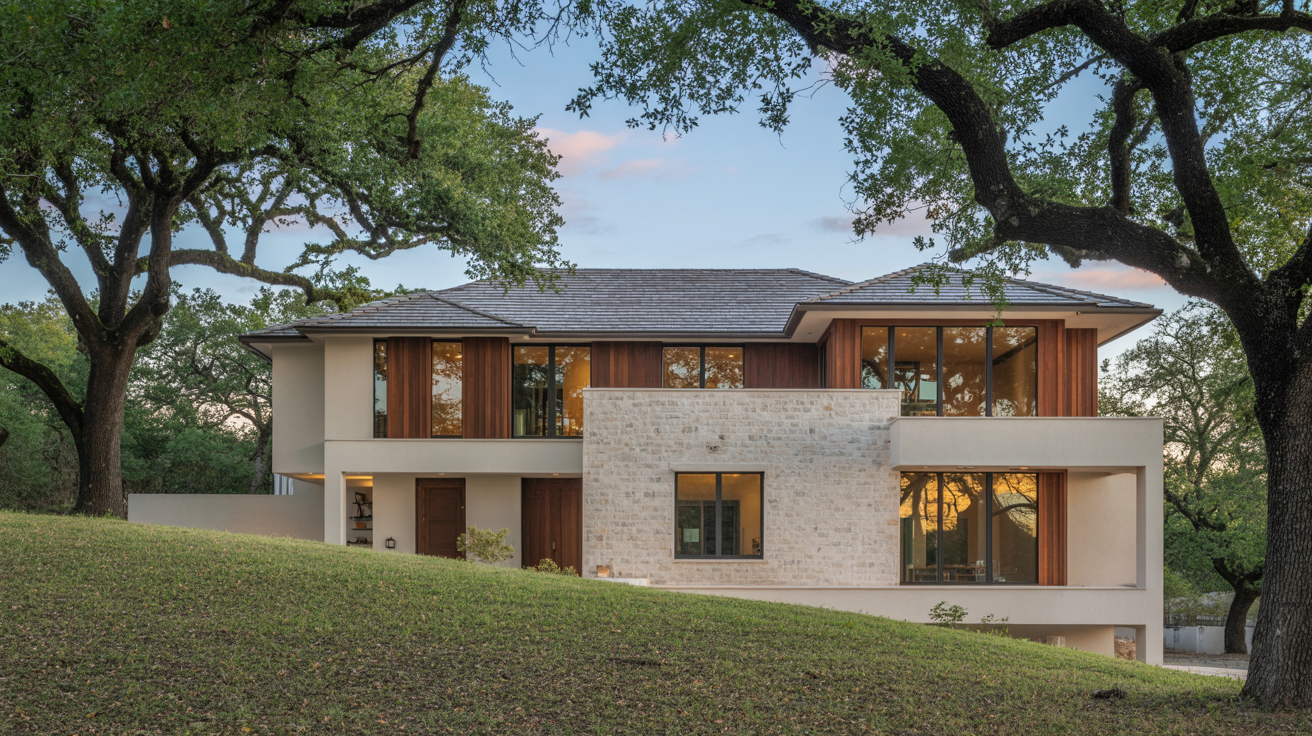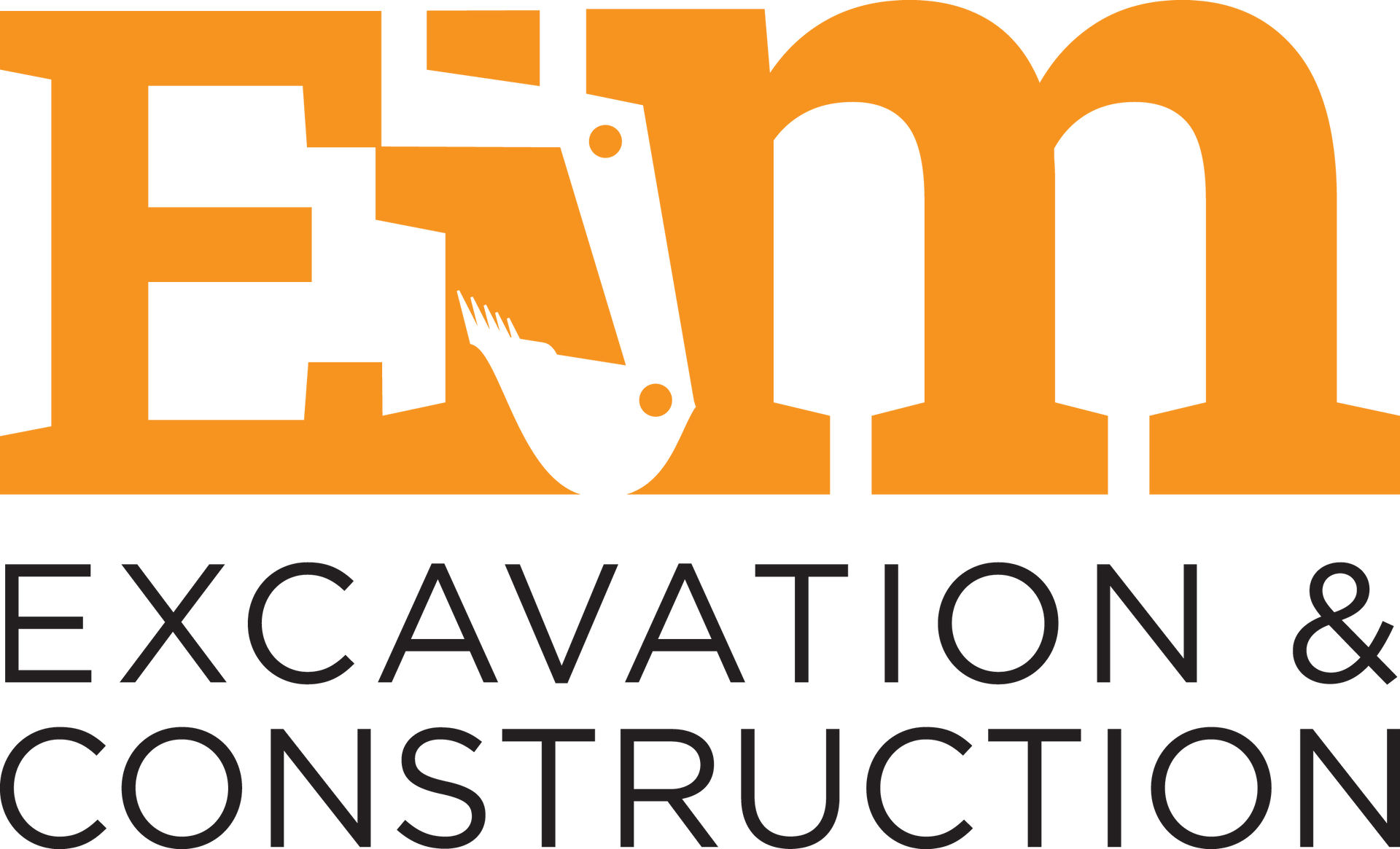Rollingwood Building Contractor: Essential Guide to Construction Requirements and Permits
Building Contractor in Rollingwood

As a Building Contractor in Rollingwood, I've learned that this small Texas community has some of the most detailed construction requirements I've encountered in my 20 years in the industry. When homeowners first contact me about projects in this area, they're often surprised by the complexity of local regulations and wonder how to navigate them successfully. After completing numerous projects in and around Austin, I can tell you that understanding Rollingwood's unique requirements from the start will save you time, money, and frustration down the road.
Why Rollingwood Construction Requires Special Expertise
During my military service and years building in different environments from Colorado's mountain terrain to Texas hill country, I've never encountered a city quite like Rollingwood. This community takes construction oversight seriously, and for good reason. The city maintains strict standards to preserve neighborhood character while ensuring every project meets high safety and environmental standards.
What makes Rollingwood different is their comprehensive approach to construction management. Unlike larger cities where you might slip through cracks in the system, Rollingwood tracks every detail of your project. They require permits for almost everything you can imagine - from major additions and demolitions to fence installations, generator placements, and even tree removals. This isn't bureaucracy for its own sake; it's a systematic approach to maintaining property values and community standards.
The city operates on a strict Monday through Friday, 7 AM to 7 PM construction schedule. No weekend work is allowed, and holidays are completely off-limits. When I first started working in Rollingwood, I had to adjust my entire project scheduling approach. This constraint actually works in everyone's favor because it ensures construction noise doesn't disrupt family time and helps maintain good relationships with neighbors.
Understanding the Permit Maze
Every Rollingwood project starts with proper permitting, and this is where many contractors and homeowners get overwhelmed. The city requires separate permits for different aspects of your project, and each comes with specific fees and requirements. Site development permits, stormwater discharge permits, and building permits all serve different purposes and must be obtained in the correct sequence.
What I've learned is that the key to success lies in thorough preparation before submitting any paperwork. The city uses an online system called My Government Online for most applications, but the real work happens before you ever log into that system. You need detailed plans, proper documentation, and a clear understanding of how each permit relates to your specific project goals.
The most challenging aspect for many homeowners is understanding accessory building restrictions. Rollingwood allows only one accessory building per residential lot, with strict limits on size and height. This means if you're dreaming of a workshop, pool house, and separate storage shed, you'll need to rethink your approach and possibly combine functions into a single structure.
Choosing the Right Building Contractor in Rollingwood
After two decades in construction, I can tell you that contractor selection makes or breaks any project, but this is especially true in highly regulated communities like Rollingwood. The wrong contractor will turn your dream project into a nightmare of failed inspections, code violations, and endless delays.
When evaluating potential contractors, you need to dig deeper than basic licensing and insurance verification. Yes, proper licensing and comprehensive insurance coverage are non-negotiable, but in Rollingwood, you also need someone who understands the local regulatory environment. Ask potential contractors about their experience with the city's specific requirements, their relationship with local inspectors, and how they handle the unique challenges of working within Rollingwood's framework.
I always recommend that homeowners request detailed examples of completed projects, not just photos, but actual case studies that show how the contractor navigated permitting, managed timelines, and solved unexpected problems. In my experience with Earth in Motion, every project teaches us something new about working effectively within local regulations while delivering quality results for our clients.
The Subcontractor Question
One area where many contractors fall short is subcontractor management. Rollingwood requires that all specialized work - electrical, plumbing, mechanical systems - be performed by properly licensed professionals. This isn't just a city requirement; it's essential for your safety and property value.
When I take on a project, I maintain direct relationships with qualified subcontractors who understand Rollingwood's standards. This means I'm not scrambling to find available professionals when inspection deadlines approach. Instead, I can coordinate schedules, ensure quality work, and maintain clear communication throughout the entire project.
The key is establishing a single point of contact for all project communication. You shouldn't have to manage relationships with multiple subcontractors or wonder who's responsible when problems arise. A qualified general contractor handles these relationships and takes responsibility for coordinating all aspects of your project.
Navigating Rollingwood's Inspection Process
The inspection process in Rollingwood is thorough and unforgiving. Unlike some jurisdictions where inspectors might overlook minor issues, Rollingwood inspectors hold every project to high standards. This works in your favor as a property owner because it ensures quality work, but it requires careful preparation and attention to detail.
What many people don't realize is that inspections must be scheduled in advance and are prepaid. You can't simply call the morning you're ready and expect an inspector to show up that afternoon. This requires careful project planning and coordination to ensure each phase of work is completed and ready for inspection at the scheduled time.
The city has implemented a survey control network that provides consistent reference points for all construction projects. This system ensures that elevation measurements and property boundaries are accurate across all projects, which prevents conflicts and ensures compliance with zoning requirements. Understanding and working within this system is crucial for project success.
The Certificate of Occupancy Challenge
Final occupancy certification is where many projects encounter unexpected delays. Rollingwood requires that all inspections pass before issuing certificates of occupancy, and there's no flexibility on this requirement. One failed inspection can delay your entire project timeline and prevent you from using your completed space.
This is where thorough preparation and quality workmanship pay dividends. When I plan a project timeline, I build in buffer time for potential inspection issues and ensure that all work meets or exceeds code requirements before scheduling inspections. This proactive approach prevents the frustration and additional costs associated with failed inspections and re-work.
Understanding Project Costs in Rollingwood
Project costs in Rollingwood are influenced by several unique factors that don't apply in other communities. The city's permit fee structure is more complex than most municipalities, with different fees for various types of construction activities and area-based multipliers that increase costs for larger projects.
Beyond permit fees, the restricted construction schedule affects project costs in ways that many homeowners don't anticipate. Limited working hours mean that projects take longer to complete, which can increase labor costs and extend the period during which you're dealing with construction disruption. However, this schedule also ensures higher quality work because contractors aren't rushing to meet unrealistic deadlines.
Environmental compliance requirements, particularly for stormwater management, add another layer of complexity and cost to many projects. These requirements reflect Rollingwood's commitment to environmental protection, but they require specialized knowledge and sometimes significant modifications to standard construction approaches.
Managing Budget Expectations
The key to successful budget management in Rollingwood is understanding all requirements upfront and planning accordingly. This means conducting thorough site evaluations, understanding easement restrictions, and identifying potential complications before construction begins.
Change orders are particularly expensive in highly regulated environments like Rollingwood because modifications often require permit revisions and additional inspections. The best approach is to invest time and resources in thorough planning during the design phase, which minimizes the need for costly changes during construction.
I always recommend that clients establish contingency funds for unexpected issues, but more importantly, I work to minimize surprises through careful preparation and realistic project planning. This approach has served my clients well throughout my years operating Earth in Motion in the Austin area.
Environmental Considerations and Compliance
Rollingwood's environmental regulations are among the most comprehensive I've encountered in residential construction. The city requires separate stormwater discharge permits for many projects, reflecting their commitment to protecting local water quality and managing runoff effectively.
These requirements aren't just bureaucratic hurdles; they reflect real environmental challenges in the Austin area. Proper stormwater management prevents flooding, protects water quality, and maintains the natural beauty that makes Rollingwood such a desirable place to live. Understanding and working within these requirements is essential for any successful project.
Tree preservation and landscaping ordinances add another layer of complexity to project planning. The city recently updated these requirements, reflecting evolving understanding of urban forestry and environmental protection. These ordinances affect not just what you can build, but where you can build it and how you manage existing vegetation during construction.
Site Development Challenges
Every Rollingwood lot presents unique challenges related to topography, drainage, and existing vegetation. The city's site development requirements ensure that construction projects work with natural conditions rather than against them, but this requires careful analysis and planning.
During my years working in different environments, I've learned that successful projects start with thorough site evaluation and realistic assessment of natural constraints. In Rollingwood, this means understanding drainage patterns, identifying protected trees, and planning construction access that minimizes site disturbance.
Working Within Neighborhood Constraints
One of the most important aspects of construction in Rollingwood is maintaining good relationships with neighbors throughout your project. The city requires written notification to property owners within 250 feet of any new building permit, which demonstrates their commitment to community involvement in the development process.
This notification requirement isn't just a formality; it's an opportunity to address neighbor concerns before they become problems. I always encourage my clients to go beyond minimum requirements and proactively communicate with neighbors about project timelines, potential disruptions, and measures we're taking to minimize impacts.
Construction vehicle routes are strictly controlled in Rollingwood, with specific requirements about ingress and egress points. This prevents construction traffic from disrupting residential streets and protects neighborhood infrastructure from damage caused by heavy vehicles.
Maintaining Community Standards
The attention to detail required in Rollingwood extends beyond technical compliance to maintaining the community's aesthetic standards. This means paying attention to how construction activities affect the visual environment and ensuring that temporary disruptions don't create lasting impacts on neighborhood character.
In my experience, projects that respect community standards from the beginning encounter fewer obstacles and achieve better results. This requires understanding not just what the regulations require, but why they exist and how to work within them while achieving your project goals.
Long-term Success Strategies
Successful construction projects in Rollingwood require a long-term perspective that extends beyond simply completing the work and obtaining final occupancy certification. The city's emphasis on quality and compliance means that shortcuts taken during construction often create problems years later.
This is why I focus on building relationships with local inspectors, understanding evolving regulations, and maintaining detailed documentation of all project decisions. These practices ensure that current projects proceed smoothly and establish a foundation for future success in the community.
The investment required to work effectively within Rollingwood's regulatory framework pays dividends in terms of project quality, property values, and community relationships. Homes built to these high standards maintain their value better and create fewer problems for future owners.
Planning for Future Needs
When planning any construction project in Rollingwood, it's important to consider how current decisions might affect future modifications or additions. The city's restrictions on accessory buildings, for example, mean that you need to think carefully about how to accommodate all your long-term needs within a single structure.
This long-term thinking has guided my approach throughout my years operating Earth in Motion. By understanding both current regulations and likely future trends, I help clients make decisions that serve their needs today while preserving flexibility for tomorrow.
Working as a Building Contractor in Rollingwood requires expertise, patience, and commitment to excellence that goes beyond typical construction projects, but the results justify the investment for homeowners who value quality, compliance, and community standards.
FAQ About Building Contractors in Rollingwood
What makes working with a contractor in Rollingwood different from other Austin-area communities?
As a building contractor in Rollingwood, I've found this community has some of the most comprehensive construction oversight I've encountered in my 20 years in the industry. Rollingwood requires permits for almost everything - from major additions to fence installations and tree removals. The city operates on strict Monday through Friday, 7 AM to 7 PM construction schedules with no weekend work allowed. At Earth in Motion, I've adapted my project management approach to work within these constraints, which actually benefits homeowners by ensuring higher quality work and maintaining good neighbor relationships. The city also uses a survey control network and requires advance scheduling for all inspections, making thorough preparation and local expertise essential for project success.
How do you handle Rollingwood's complex permitting and inspection process?
The permitting process in Rollingwood requires separate permits for different project aspects - site development, stormwater discharge, and building permits - each with specific requirements and sequencing. Through my experience with Earth in Motion, I've developed systematic approaches to navigate the city's My Government Online system and ensure all documentation is thorough before submission. I maintain direct relationships with local inspectors and understand their standards, which prevents failed inspections that can delay your project. All inspections must be scheduled in advance and prepaid, so I build buffer time into project timelines and ensure work meets or exceeds code requirements before scheduling inspections. This proactive approach has helped me successfully complete numerous projects while avoiding the frustration of delays and re-work.
What factors influence construction costs in Rollingwood compared to other areas?
Several unique factors affect project costs in Rollingwood beyond typical construction expenses. The city's complex permit fee structure includes different fees for various construction activities and area-based multipliers for larger projects. The restricted construction schedule means projects take longer to complete, which can extend labor timelines but ensures higher quality results. Environmental compliance requirements, particularly stormwater management, require specialized knowledge and sometimes significant modifications to standard approaches. At Earth in Motion, I help clients understand these cost drivers upfront through thorough site evaluations and realistic project planning. The key is identifying potential complications before construction begins, as change orders are particularly expensive in highly regulated environments where modifications often require permit revisions and additional inspections.
How do you manage subcontractors and ensure quality work in Rollingwood's regulatory environment?
Rollingwood requires all specialized work - electrical, plumbing, mechanical systems - to be performed by properly licensed professionals, and I maintain direct relationships with qualified subcontractors who understand the city's standards. Through Earth in Motion, I coordinate all scheduling to meet inspection deadlines and maintain clear communication throughout the project. You'll have a single point of contact for all project communication rather than managing multiple subcontractor relationships yourself. I take full responsibility for coordinating all aspects of your project and ensuring subcontractors meet Rollingwood's high standards. This approach prevents the confusion and quality issues that arise when homeowners try to manage multiple contractors independently, and it ensures seamless project execution from start to final occupancy certification.
What should I expect regarding environmental compliance and neighborhood considerations?
Rollingwood has comprehensive environmental regulations including separate stormwater discharge permits for many projects, reflecting their commitment to protecting local water quality. Tree preservation and landscaping ordinances affect not just what you can build, but where you can build it and how existing vegetation is managed during construction. The city requires written notification to property owners within 250 feet of any new building permit, and construction vehicle routes are strictly controlled. At Earth in Motion, I conduct thorough site evaluations to understand drainage patterns, identify protected trees, and plan construction access that minimizes site disturbance. I encourage proactive communication with neighbors beyond minimum requirements to address concerns before they become problems. My experience working in different environments from Colorado's mountain terrain to Texas hill country helps me navigate these unique challenges while maintaining community standards and relationships.



